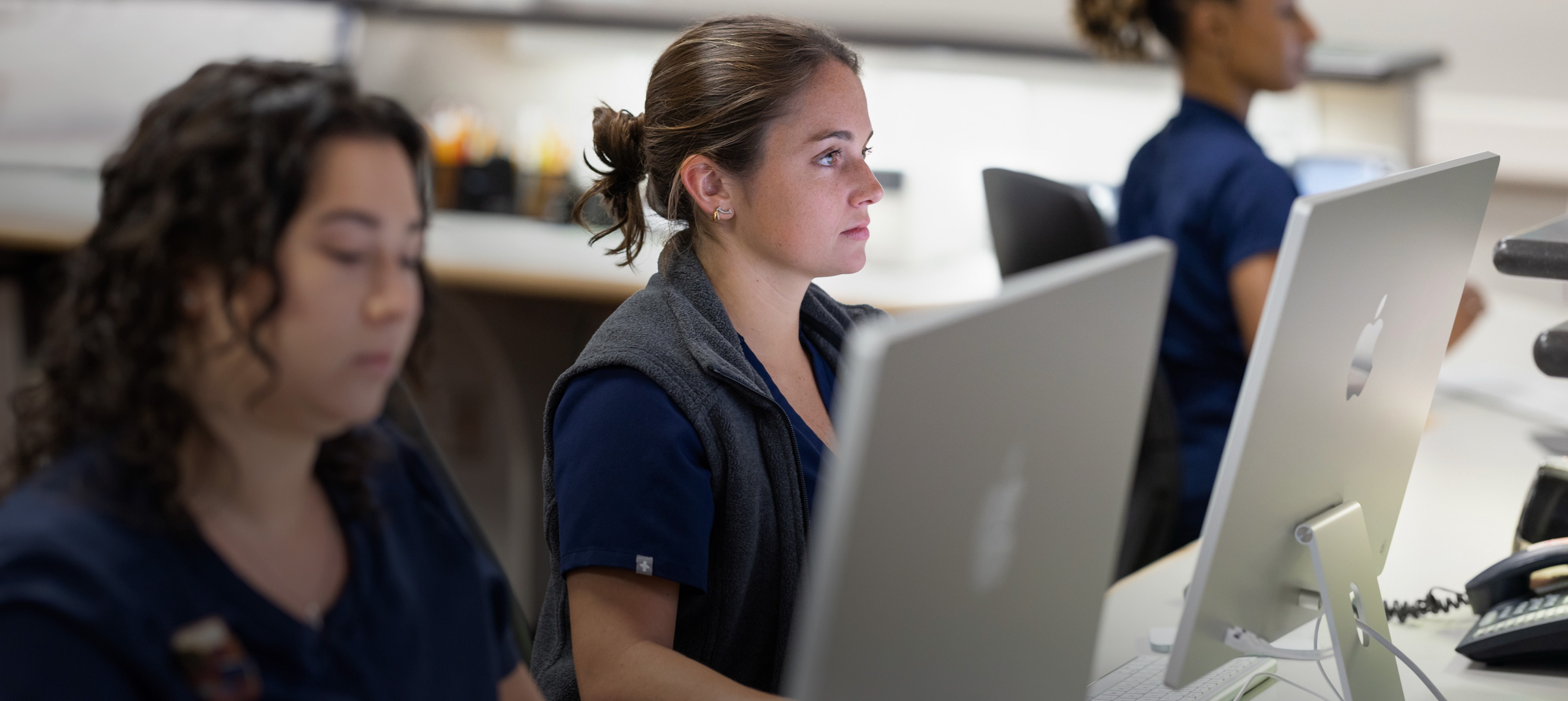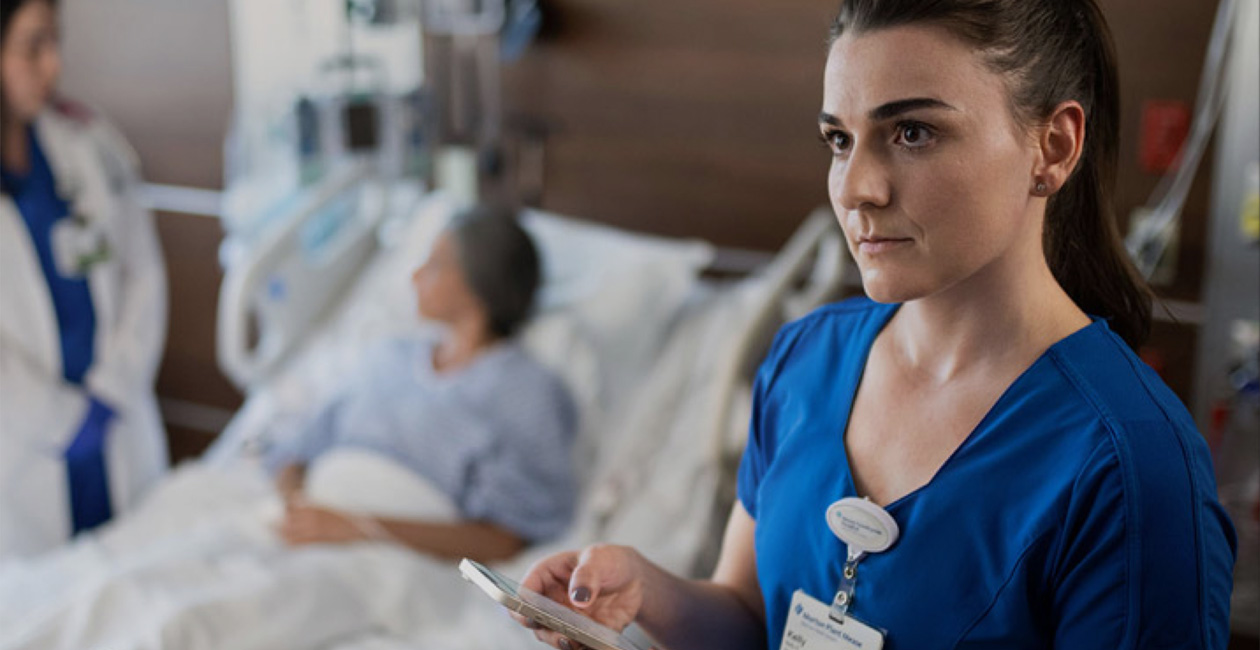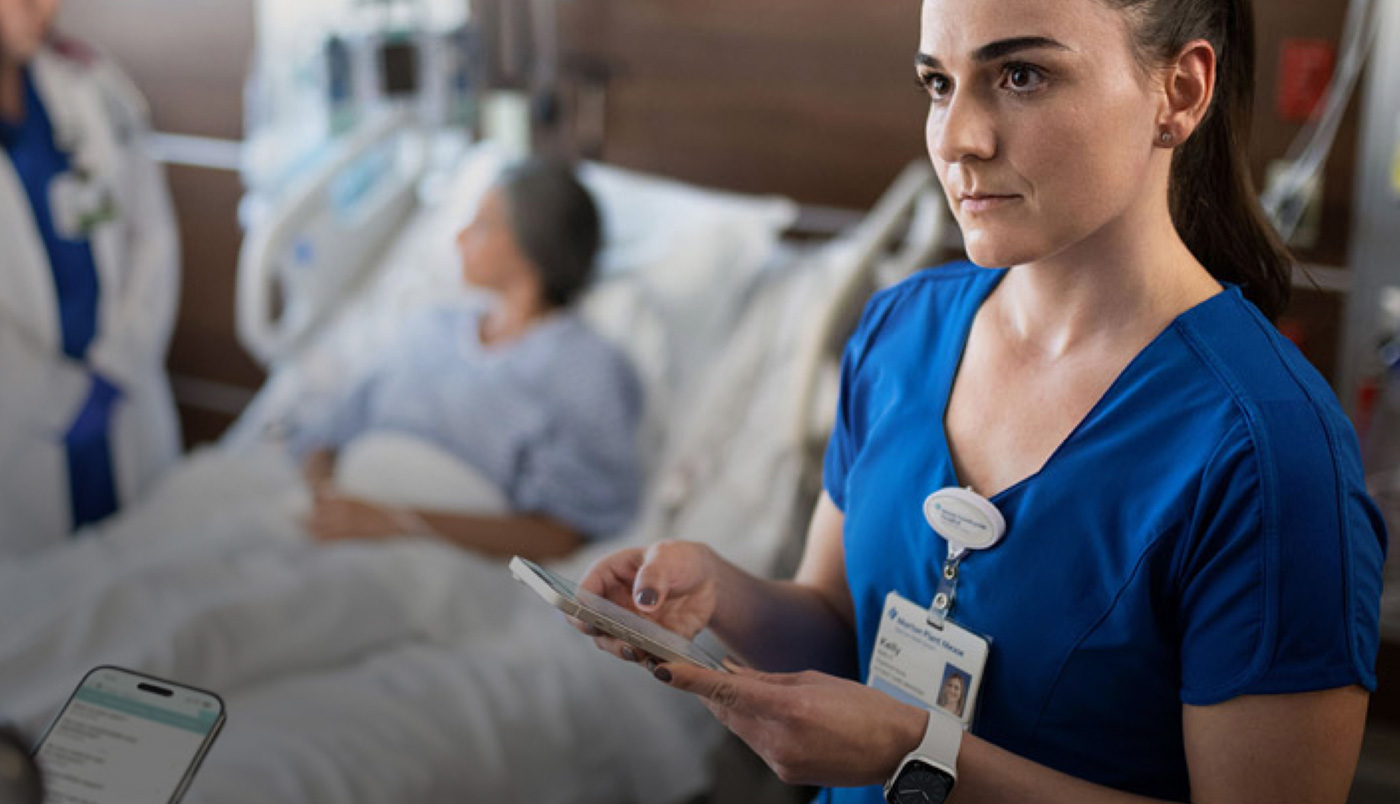Success Stories
Moving medicine forward.

Moving medicine forward.
Health organizations around the world are using Apple technology to reduce clinician burnout, strengthen patient-provider relationships, and deliver personalized care.
Clinicians at UMC Utrecht use Mac, iPhone, and iPad to enhance productivity so they can deliver the best possible care to patients — at scale. Discover how Apple devices support provider efficiency, streamline the patient experience, and more.


BayCare’s move to iPhone has increased efficiency, productivity, and employee satisfaction. Discover how iPhone transformed the nursing department — from onboarding and training to communication and collaboration.

Providers at UVA’s remote monitoring program, Building HOPE, use iPad to safely monitor NICU babies from home. Parents collect data with iPad, and it’s automatically transferred to the baby’s electronic health records, where providers can observe, adjust treatment plans, and consult remotely as needed. The program has reduced the length of NICU stays by 8 days — creating more space for babies in need.
Doctors at Ochsner Health use Apple Watch, iPhone, and the Health app to help diabetes and hypertension patients track their conditions from home. Discover how Ochsner is revolutionizing digital medicine with Apple technology.

Providers at Ochsner Health use iOS devices, Epic apps, and Apple Watch to improve workflow efficiency and create a more mobile experience for clinicians. Discover how the flexibility and speed of Apple products help doctors engage with their patients and deliver better care.
Let’s discuss the best options for your care team.